Meadowdale Beach Monitoring
Restoration Monitoring
Snohomish County Surface Water Management (SWM) is coordinating with multiple partners to monitoring the effectiveness of the Meadowdale Beach and Estuary Restoration Project. Restoration monitoring partners include Tulalip Tribes, Snohomish County Marine Resources Committee, Edmonds Stream Team, Blue Coast Engineering, U.S. Geologic Survey, and Washington Sea Grant. The monitoring will inform how the restored estuary is adjusting over time to stream and coastal processes, as well as which fish species are using the restored habitats. The estuary, beach, and surrounding vegetation are expected to adjust over time and there is much to be learned from how and where changes occur. As this is the first stream mouth restoration project along the Puget Sound shoreline impacted by the BNSF railroad, effectiveness monitoring is particularly important to inform the design of future restoration projects at other stream mouths. In addition, the effectiveness monitoring provides essential information to document the benefits and sustainability of investments by Snohomish County, the grant funding programs who contributed to the restoration, and to BNSF who controls the right-of-way.
To guide the monitoring, SWM prepared a comprehensive Monitoring Plan. To support the development of the Monitoring Plan, SWM convened a Meadowdale Monitoring Group consisting of scientists and engineers interested in collecting data at Meadowdale Beach Park to evaluate the post-restoration conditions. Environmental Science Associates (ESA) was hired by SWM to prepare the Monitoring Plan and support effectiveness monitoring in post-construction years 1 through 4.
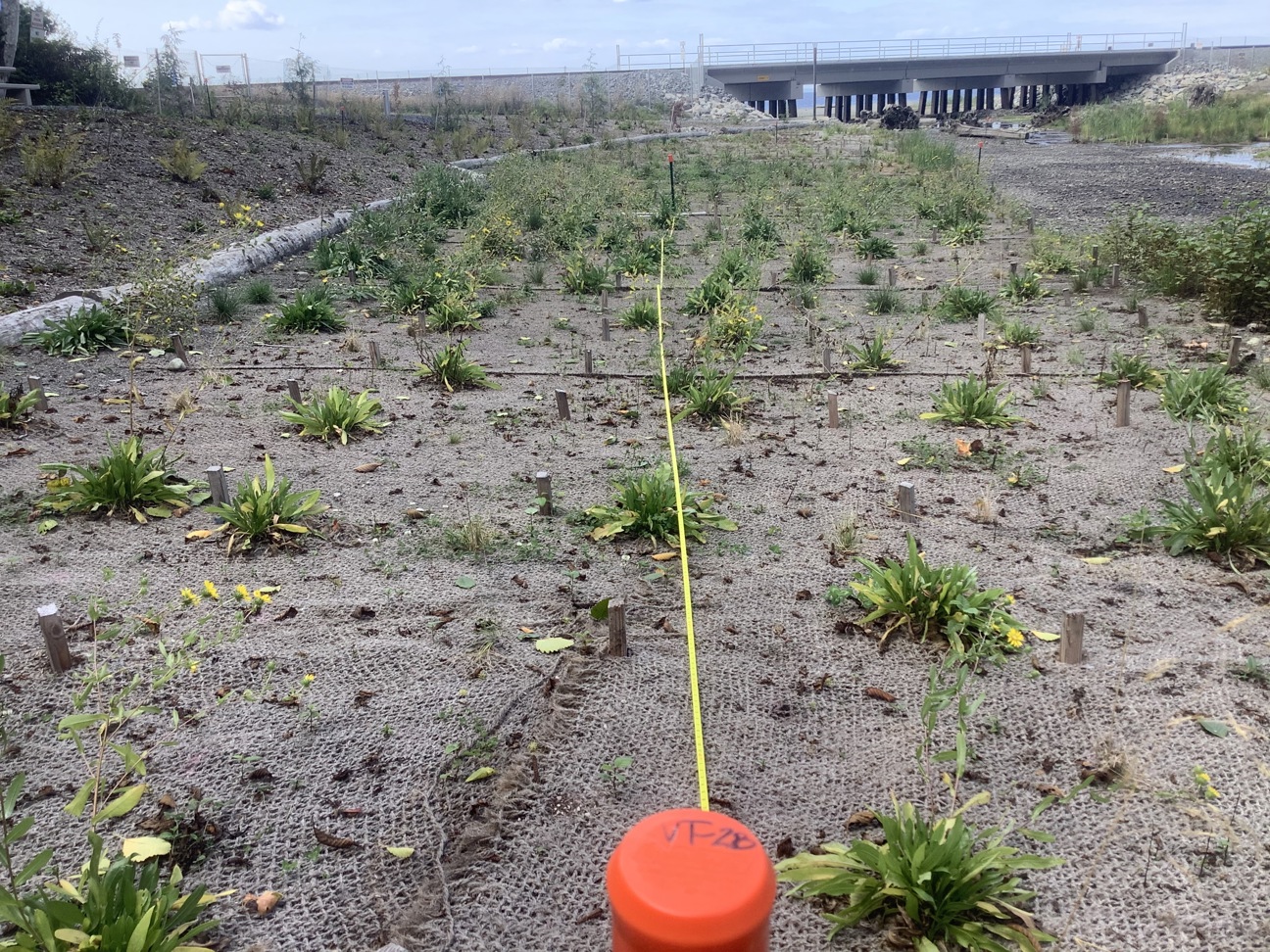
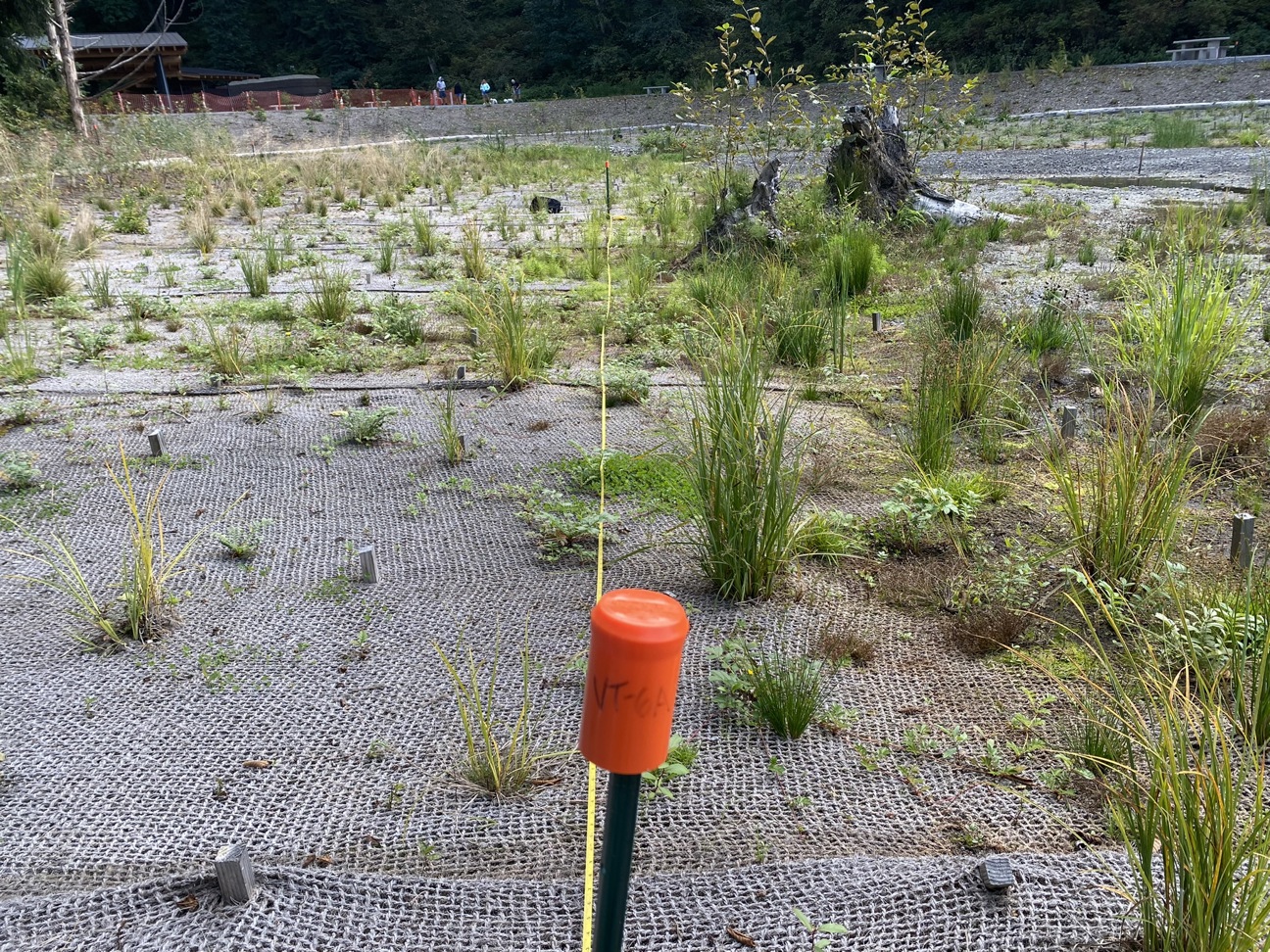
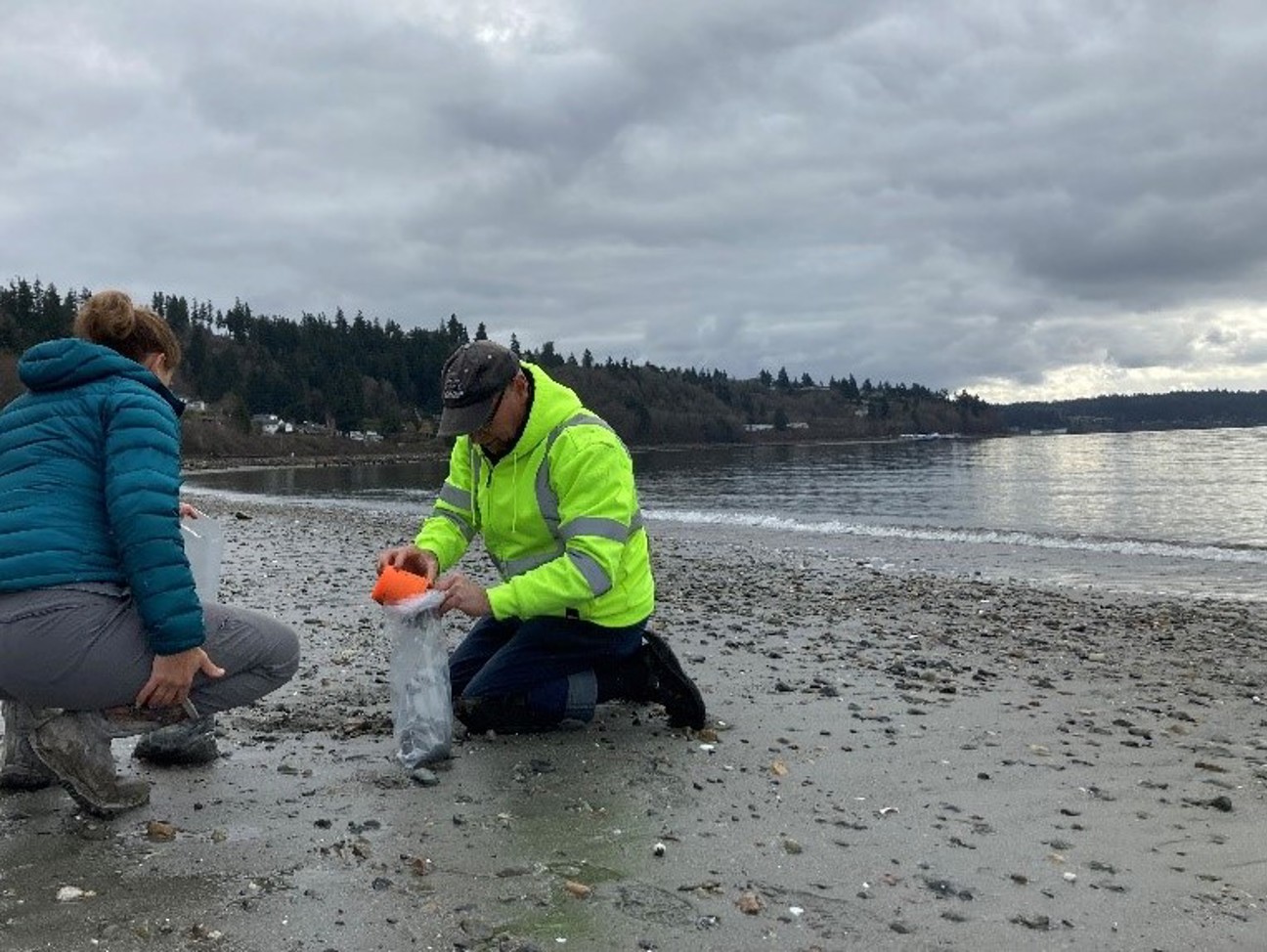
The Monitoring Plan identifies 17 monitoring elements to characterize the biological, physical, and chemical outcomes of the restoration project. The Monitoring Plan focuses on monitoring activities in the first ten years following restoration. Monitoring beyond ten years may continue depending on the findings of the initial ten years and the availability of monitoring funding. Five of the monitoring elements are required as part of the grant funding agreements. These five monitoring elements will be completed by DCNR. The five required monitoring elements focus on fish passage conditions, estuary elevations relative to tidal water levels, stream habitat conditions, large woody debris retention and recruitment, and the survival of planted vegetation.
The Monitoring Plan includes eight additional monitoring elements focused on sediment transport and deposition in the restored estuary and adjacent nearshore, fish use, fish prey production, and additional vegetation performance. Pending the availability of funding, the additional monitoring is planned to be led by SWM, the Tulalip Tribes, or the Edmonds Stream Team (volunteers). Funding for the additional monitoring is being sought. Tulalip Tribes has committed funding from a National Estuary Program grant. The Tulalip Tribes and SWM obtained additional monitoring funding from WDFW’s Estuary and Salmon Restoration Program. The Edmonds Stream Team uses student volunteers to conduct salmon spawning ground surveys.
The remaining four monitoring elements are currently not planned for implementation because neither a monitoring lead nor funding has been identified. These additional monitoring elements are extended spawning ground surveys, carbon sequestration, wildlife use, and public use.
The Monitoring Plan identifies the lead organization, data collection methods, and sampling schedule for each monitoring element. Year 1 post-construction monitoring was completed in 2023 based on the completion of railroad bridge and estuary restoration construction in 2022. The monitoring elements completed in year 1 were:
- fish passage conditions
- estuary channel elevations survey
- stream habitat conditions
- large wood retention and recruitment
- planted vegetation survival and coverage
- additional vegetation characterization
- sediment transport and deposition in upper estuary upstream of railroad crossing and creek outlet
- sediment transport and deposition in lower estuary downstream of railroad crossing and adjacent nearshore
- fish use
- salmon spawning ground surveys
- forage fish egg samples
- macroinvertebrate production in estuary
- photo points
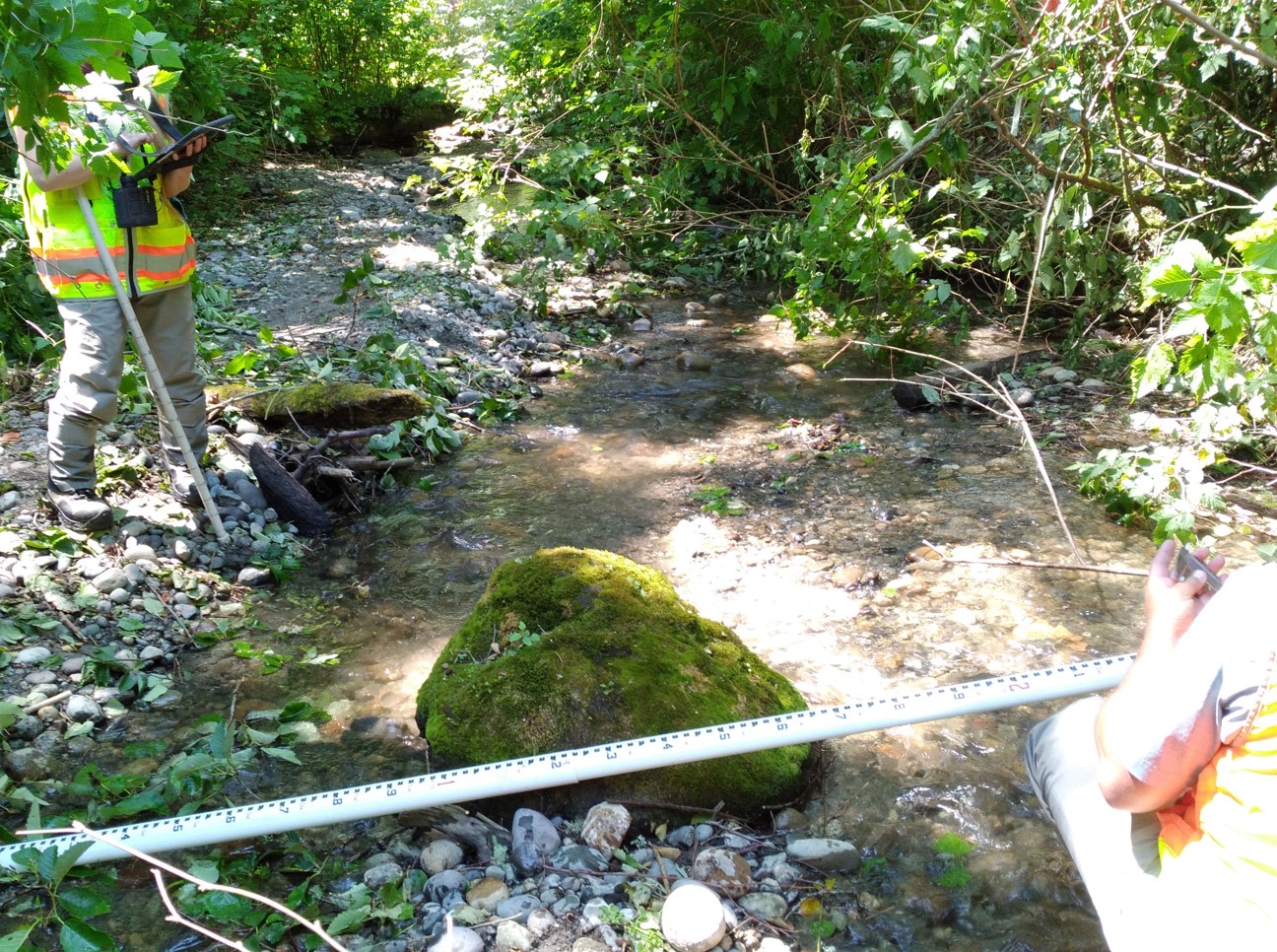
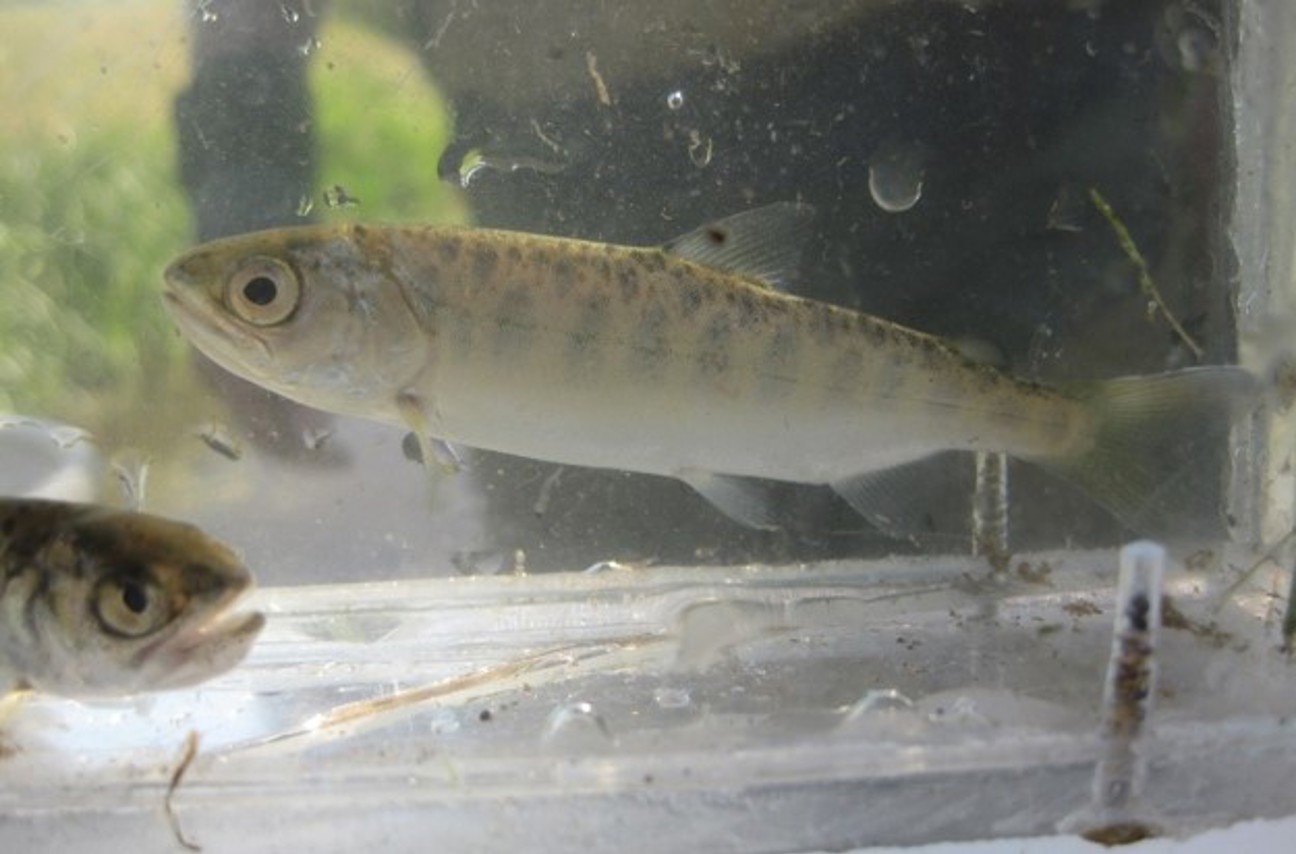
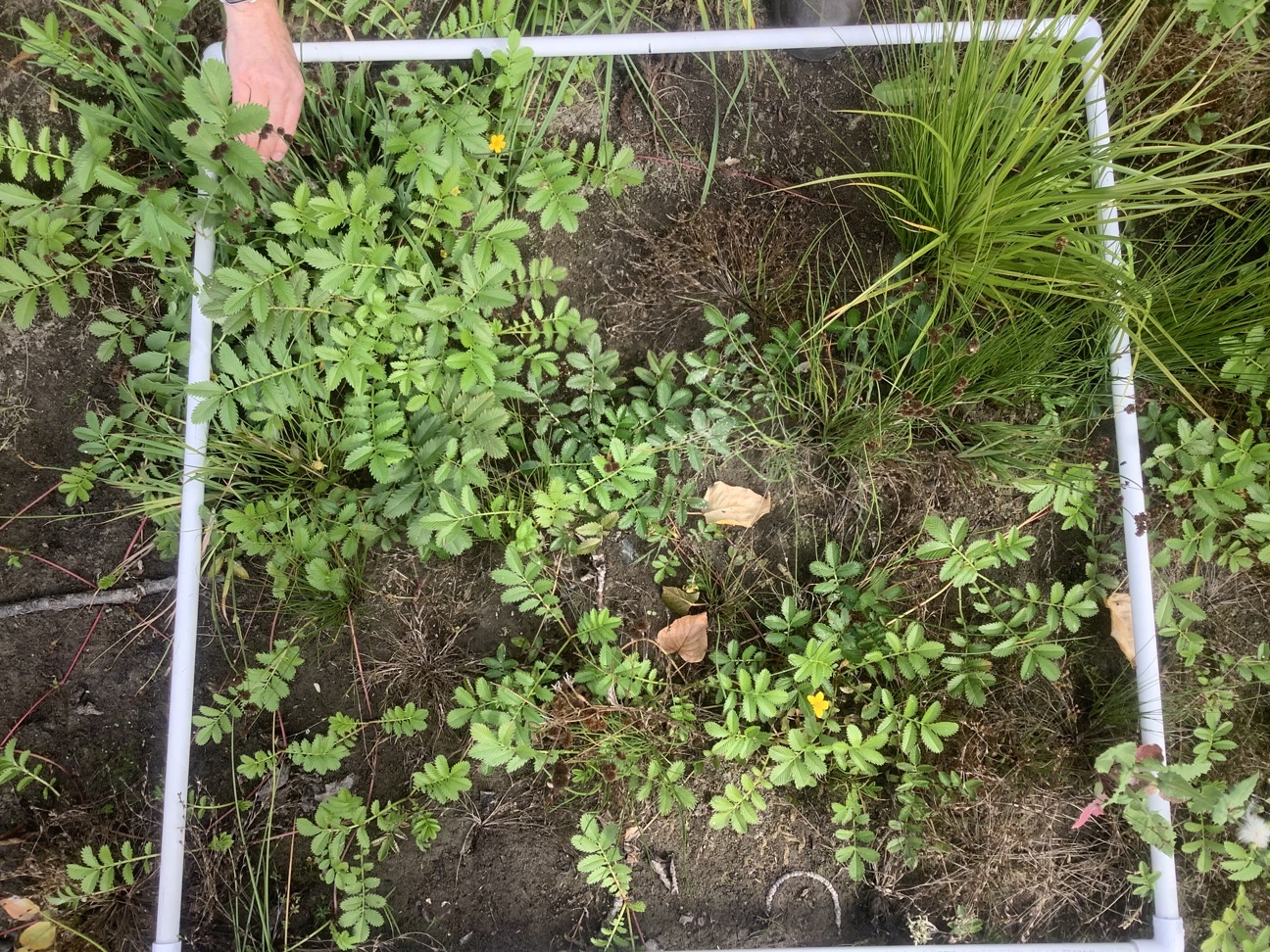
Water Quality in Lunds Gulch
In addition to the monitoring being conducted per the Monitoring Plan, Snohomish County Surface Water Management (SWM) and the Edmonds Stream Team are collecting water quality data. The Edmonds Stream Team collects Lunds Gulch Creek water quality data at sites in Meadowdale Park and upstream of the park. SWM also collects data in Lunds Gulch Creek upstream of the park and in nearby Picnic Point Creek which serves as a reference stream for Lunds Gulch Creek due to similar urbanization of the watershed. Data files from the Edmonds Stream Team are available at:
-
Edmonds Stream Team_Lunds Gulch Pollutants Feb 2019 & Sept 2020
-
The SWM data are available at a data viewer website (https://www.snohomishcountywa.gov/6359/Water-Data-Viewer). To locate data for Lunds Gulch Creek, click on the map and zoom in to view the shoreline between Edmonds and Mukilteo. A label for “Meadowdale County Park” should appear and show data collection locations. Click on a symbol and a data table will pop up.
Monitoring Documents
Meadowdale Beach and Estuary Restoration Project Monitoring Plan.
Meadowdale Beach Park and Estuary Restoration Effectiveness Monitoring - Year 1 Report
Meadowdale Beach Park and Estuary Restoration Effectiveness Monitoring - Year 2 Report
Year 1 Monitoring Results
In the first year following construction, monitoring documents favorable results for the parts of the restoration that could be evaluated. A summary of the year 1 monitoring results is shown in the figure. Future years of monitoring are necessary to evaluate the effectiveness of the project. Some monitoring elements could not be evaluated after year 1 but will instead track changes over time.
Note: Table below will be updated after Year 3 monitoring.

Future years monitoring will document all monitoring elements. The monitoring answers several critical questions about the restoration, including:
- What monitoring elements are working well?
- What elements need maintenance?
- What are the measurable benefits of the site’s restoration?
- What can we do better in the future?
- Has the project been a good investment?
- How can our results inform planning and design for similar restoration projects throughout the Salish Sea?
Oftentimes with habitat restoration, sites adjust over time as the restored natural processes act on the site and create change. These changes may not always lead to ever-improving year after year benefits, but instead require a longer perspective such that one step back in one year may allow two steps forward in the next. The 10 years of monitoring will enable Snohomish County to assess and document the restoration progress over time.
Related Documents
Beamer, E., A. McBride, R. Henderson, and K. Wolf. 2003. The importance of non-natal pocket estuaries in Skagit Bay to wild Chinook salmon: an emerging priority for restoration. Skagit River System Cooperative, Research Department, La Conner, Washington. Available at: http://skagitcoop.org/wp-content/uploads/EB1579_Beamer_et_al_2003.pdf.
Beamer, E.M., A. McBride, R. Henderson, J. Griffith, K. Fresh, T. Zackey, R. Barsh, T. Wyllie-Echeverria, and K. Wolf. 2006. Habitats and fish use of pocket estuaries in the Whidbey Basin and North Skagit County bays, 2004 and 2005. Skagit River System Cooperative, Research Department, La Conner, Washington. Available at: http://skagitcoop.org/wp-content/uploads/EB2207_Beamer_et_al_2006.pdf.
Beamer, E.M., W.T. Zackey, D. Marks, D. Teel, D. Kuligowski, and R. Henderson. 2013. Juvenile Chinook salmon rearing in small non-natal streams draining into the Whidbey Basin. Skagit River System Cooperative, Research Department, LaConner, Washington. Available at: http://skagitcoop.org/wp-content/uploads/EB2752_Beamer-et-al_2013.pdf.
Brennan, J.S., K.F. Higgins, J.R. Cordell, and V.A. Stamatiou. 2004. Juvenile Salmon Composition, Timing, Distribution, and Diet in Marine Nearshore Waters of Central Puget Sound in 2001-2002. King County Department of Natural Resources and Parks, Seattle, Washington. 164 pp. Available at: Juvenile Salmon Composition, Timing, Distribution, and Diet in Marine Nearshore Waters of Central Puget Sound in 2001-2002 (kingcounty.gov)
Fresh, K.L. 2006. Juvenile Pacific Salmon in Puget Sound. Puget Sound Nearshore Partnership Report No. 2006-06. Published by Seattle District, U.S. Army Corps of Engineers, Seattle, Washington. Available at: https://wdfw.wa.gov/sites/default/files/publications/02203/wdfw02203.pdf.
Lambert, M.R., J. Chamberlin. 2023. Juvenile salmon non-natal rearing via habitat shifting through the marine environment. Prepared by Washington Department of Fish and Wildlife and NOAA NW Fisheries Science Center for Puget Sound Partnership. 29 pp. Available at: https://salishsearestoration.org/wiki/File:Lambert_%26_Chamberlin_2023_non-natal_rearing.pdf.
WRIA 8. 2017. 2017 Chinook Salmon Conservation Plan Update. Available at: https://www.govlink.org/watersheds/8/reports/chinook-plan-update.aspx.
WRIA 8. 2019. Approved 2019 WRIA 8 Four-Year Work Plan - Capital Project and Program Priorities. Available at: https://www.govlink.org/watersheds/8/pdf/2019WRIA8FourYrWorkPlan.pdf.